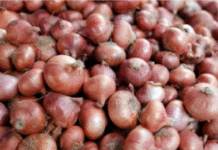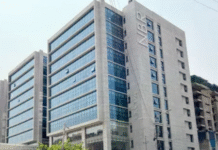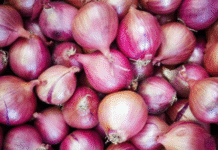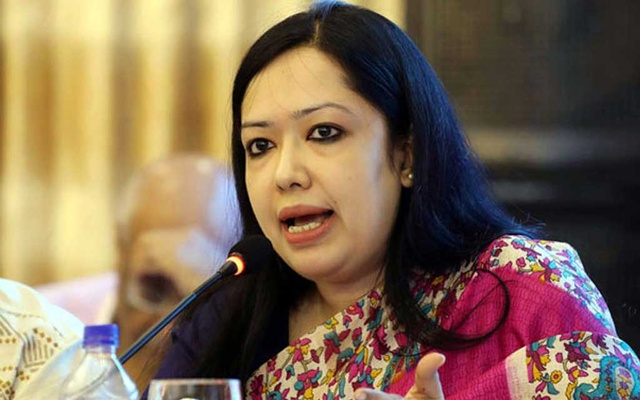TBS

Bangladesh’s steep import tariffs have long been debated but seldom reformed, as concerns over revenue loss kept policymakers cautious.
Now, with shifting global trade dynamics and the country set to graduate from Least Developed Country status next year, economists and business leaders say the time for delay is over.
The key concern is competitiveness, they said. To sustain its position in global exports, Bangladesh must ensure that its tariff policy is aligned with global standards.
The government has made an initial move by writing to US President Donald Trump, pledging to halve tariffs on nearly 100 high-volume US products. Though the list remains undisclosed, the move signals a potential policy shift.
In FY24, Bangladesh imported $2.2 billion worth of goods from the US and exported $8.4 billion. Some imports, such as metal scrap, currently face an ad valorem duty of 1.5%, which may soon be halved.
Under WTO rules, any tariff cuts for US imports would apply to all countries, increasing the broader impact.
“This is the high time to rationalise import tariff,” said Zaidi Sattar, chairman of the Policy Research Institute (PRI). He added the institute has already advised the government to move forward on this front.
Mohammad Hatem, president of the Bangladesh Knitwear Manufacturers and Exporters Association, echoed the call, warning that high import tariffs and taxes are damaging both import and export sectors and are forcing consumers to pay more than they should.
Tariff dependence remains strong
Bangladesh’s average import tariff exceeds 27% – almost triple the global average. Even among LDCs, Bangladesh’s rates are exceptionally high.
A PRI analysis using World Bank data shows average tariffs at 11% in low-income countries, 7% in lower-middle-income, 5% in upper-middle-income, and 3% in high-income economies.
PRI estimates that in 2024 alone, inflated tariffs forced Bangladeshi consumers to pay nearly Tk20,000 crore more than the global average for imported goods.
Despite global trends toward liberalisation, Bangladesh still collects nearly 30% of its revenue from import taxes. In FY24, the National Board of Revenue (NBR) earned over Tk1 lakh crore from import taxes.
Token adjustments have minimal impact
Economists have long warned that post-LDC graduation, Bangladesh will lose trade preferences in key markets, particularly Asia and Europe.
To retain competitiveness, the country must reciprocate by offering lower tariffs – requiring phased but firm reforms, they said.
However, the NBR has made only token adjustments, often targeting low-volume items with little real impact.
At a recent business meeting, Hafizur Rahman, administrator of the Federation of Bangladesh Chambers of Commerce and Industries (FBCCI), said the current moment offers a strategic window to reduce supplementary and regulatory duties.
“This is a good time to go for tariff reduction,” he said.
Tariff up to 800%
Bangladesh still imposes some of the world’s highest import taxes.
Luxury items like vehicles face duties of up to 800%, while essential goods like fruits are taxed at Tk130 per Tk100 in value. Common items – garments, shoes, cosmetics – can face taxes above 90%.
More than 100 consumer goods carry import taxes ranging from 100% to 278%, including beverages, air conditioners, natural gas, ceramics, shampoos, LED lighting, plastic products, and footwear.
These high rates are often justified as protectionist measures for local industries, but economists argue they stifle competition and limit consumer choice.
Supplementary duties
Another major concern is the discriminatory application of supplementary duties (SD), which are supposed to be trade-neutral. In practice, over 90% of SDs on imports are either not applied to domestic goods or levied at lower rates.
“This imbalance,” said PRI’s Sattar, “is driven by lobbying from powerful groups and distorts fair trade.” He also warned that such practices could invite trade disputes or retaliatory measures from global partners.
According to NBR, SDs are applied to 1,660 of the 7,500 tariff lines, mostly at 20%.
Rationalising tariffs, Sattar argued, is not just a matter of domestic reform – it’s essential for keeping Bangladesh’s exports competitive in a rapidly evolving global economy.









